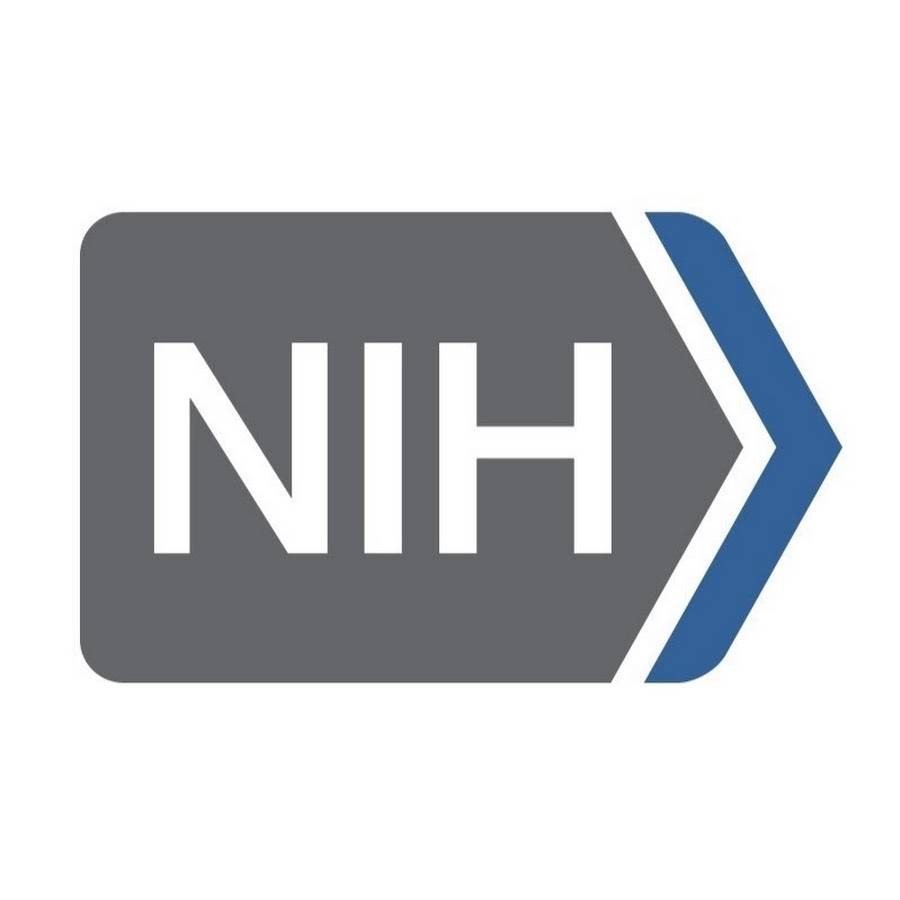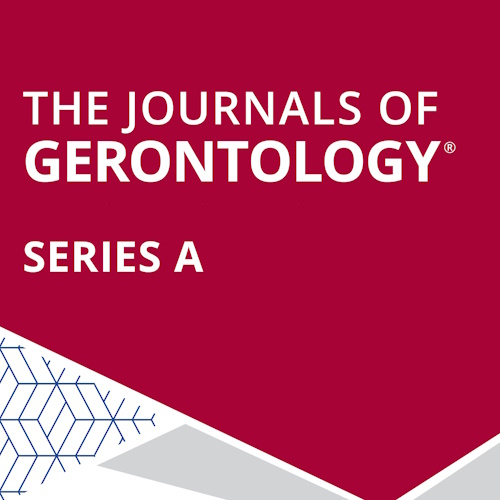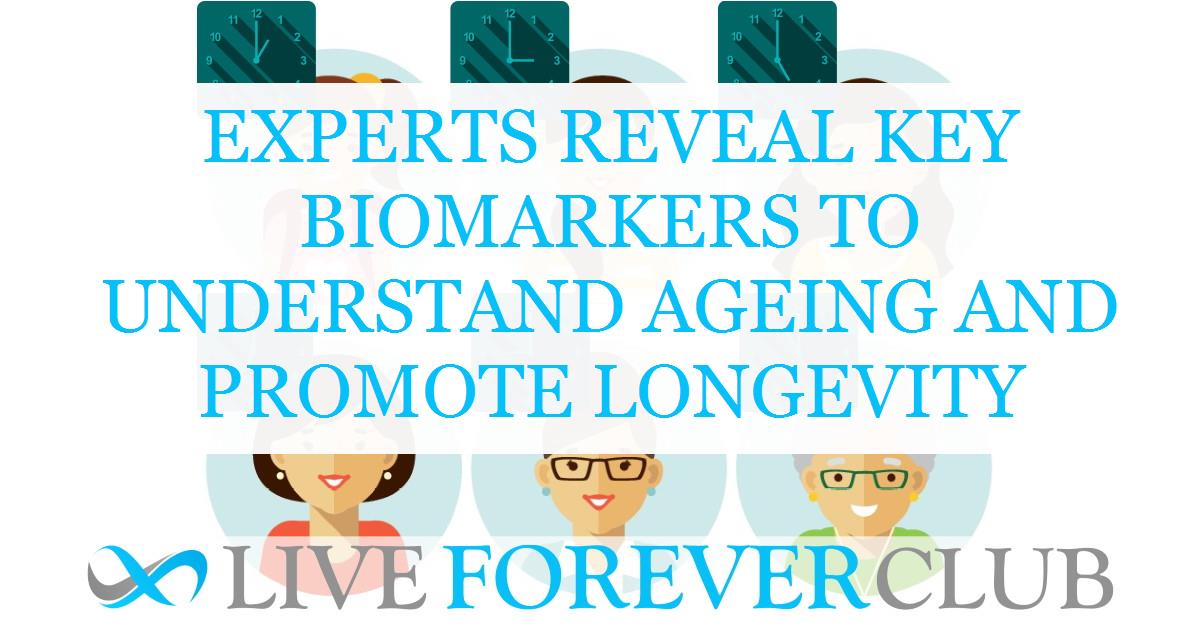Ageing is a universal process, yet its pace and impact vary significantly among individuals. Some people maintain robust health well into their senior years, while others face health challenges much earlier. Scientists have long sought ways to decode this variability and, in doing so, uncover methods to improve healthspan—the period of life spent in good health. Central to this quest are biomarkers of ageing, measurable indicators that provide insights into an individual’s biological, rather than chronological, age.
A recent expert consensus study, conducted using the Delphi method, has shed light on the most promising biomarkers for assessing ageing and evaluating interventions aimed at promoting longevity. Let’s dive into the findings, their implications, and the exciting possibilities they open for the future.
Understanding Biomarkers of Ageing
Biomarkers are objective measures that indicate biological processes, conditions, or diseases. In the context of ageing, biomarkers help researchers and clinicians quantify biological age, monitor changes over time, and evaluate the effectiveness of interventions aimed at slowing or reversing ageing processes.
An ideal biomarker of ageing must:
- Reflect biological age rather than mere chronological age.
- Be non-invasive and easy to measure.
- Predict functional outcomes such as mortality, frailty, or cognitive decline.
- Respond to interventions like diet, exercise, or medications.
- Be reliable, reproducible, and accessible for widespread use.
For example, biomarkers such as DNA methylation clocks offer molecular insights into the ageing process, while physical measures like grip strength provide functional indicators of health.
Key Findings from the Delphi Consensus Study
The recent study brought together an international panel of experts specializing in ageing and biomarker research. Using the Delphi method—a structured, iterative process to reach consensus—the panel identified and evaluated potential biomarkers across three rounds of surveys.
The Biomarkers That Achieved Consensus
The panel reached consensus on 14 biomarkers, divided into four broad domains:
Physiological Biomarkers
- Insulin-like Growth Factor 1 (IGF-1): Plays a critical role in cell growth and repair. Low levels are linked to ageing and age-related diseases.
- Growth-Differentiating Factor 15 (GDF-15): Elevated levels are associated with cellular stress and ageing.
Inflammatory Biomarkers
- High-Sensitivity C-Reactive Protein (hsCRP): A marker of systemic inflammation, which is closely linked to chronic diseases and ageing.
- Interleukin-6 (IL-6): Another key inflammatory marker, elevated in conditions like frailty and cardiovascular disease.
Functional Biomarkers
- Muscle Mass and Strength: Indicators of physical resilience and mobility.
- Hand Grip Strength: A simple yet powerful measure of overall strength and health.
- Frailty Index: A composite measure of physiological vulnerability.
- Timed-Up-and-Go (TUG) Test: Assesses mobility and balance.
- Gait Speed: Reflects physical fitness and predicts mortality risk.
- Standing Balance Test (SBT): Evaluates postural stability.
- Cognitive Health: Assessed using tools like the Montreal Cognitive Assessment.
Epigenetic Biomarkers
- DNA Methylation/Epigenetic Clocks: Molecular tools that estimate biological age by analyzing patterns of DNA methylation.
Why These Biomarkers Matter
A Window into Biological Ageing
Unlike chronological age, which simply counts the years lived, biological age reflects the actual wear and tear on the body. Biomarkers provide a quantifiable window into this biological reality, helping identify individuals at greater risk of age-related decline.
For instance, epigenetic clocks like DNA methylation offer precise measures of biological age by examining chemical changes to DNA. These changes accumulate with age and provide valuable insights into the underlying mechanisms of ageing.
Guiding Longevity Interventions
Biomarkers are crucial for evaluating interventions aimed at promoting healthy ageing. Whether testing a new drug, diet, or exercise regimen, researchers can use biomarkers to track changes and determine whether the intervention is working. For example, improvements in grip strength or reductions in inflammatory markers like IL-6 can signal positive outcomes.
Personalized Medicine and Ageing
As research advances, biomarkers may pave the way for personalized medicine, where interventions are tailored to an individual’s unique ageing profile. A person with elevated inflammatory markers might benefit from anti-inflammatory therapies, while another with poor grip strength could focus on strength-training programs.
Challenges in Biomarker Research
While the identified biomarkers show great promise, their practical application faces several challenges:
1. Complexity of Ageing
Ageing is a multifaceted process involving genetic, molecular, and environmental factors. Different organs and systems age at different rates, making it unlikely that a single biomarker could capture the full picture. This highlights the need for composite biomarkers—a combination of measures that together provide a holistic view of ageing.
2. Validation and Standardization
For biomarkers to be widely adopted, they must undergo rigorous validation. This includes ensuring they are reliable across diverse populations and settings. The lack of standardized protocols for measuring and interpreting biomarkers remains a hurdle.
3. Accessibility and Cost
Some biomarkers, such as DNA methylation clocks, require advanced laboratory techniques and can be costly. Ensuring affordability and scalability will be key to making these tools accessible for widespread use, especially in low-resource settings.
Future Directions in Biomarker Research
Composite Biomarkers
Given the complexity of ageing, composite biomarkers that combine multiple measures are likely to be the most effective. For instance, integrating physical tests (like grip strength) with molecular measures (like DNA methylation) could provide a comprehensive assessment of biological age.
Advances in Technology
Emerging technologies, such as artificial intelligence and machine learning, hold great promise for biomarker research. These tools can analyze vast datasets, uncovering patterns and correlations that might otherwise go unnoticed. They could also help develop predictive models for ageing trajectories and intervention outcomes.
Field-Ready Biomarkers
To make biomarker testing accessible globally, especially in low-resource settings, researchers are exploring field-friendly methods. For example, dried blood spot testing offers a simple and portable way to measure inflammatory markers like IL-6.
Biobanks and Longitudinal Studies
Large-scale biobanks that store biological samples over time are invaluable for validating biomarkers. Longitudinal studies can track changes in biomarkers across decades, providing insights into their predictive power and reliability.
The Role of Interventions in Biomarker Research
Biomarkers are not just tools for measuring ageing—they are also crucial for designing and assessing interventions aimed at slowing or reversing the process. Here’s how they play a role:
Nutritional Interventions: Diet plays a significant role in ageing. Biomarkers can measure the impact of dietary changes, such as adopting a Mediterranean diet or intermittent fasting, on inflammation, metabolism, and overall health.
Physical Activity: Exercise is one of the most effective ways to promote healthy ageing. Biomarkers like muscle mass, grip strength, and gait speed can track improvements in physical function resulting from regular exercise.
Pharmacological Interventions: As interest in anti-ageing drugs grows, biomarkers will be essential for testing their efficacy. For example, researchers could use DNA methylation clocks to evaluate whether a drug slows biological ageing.
Lifestyle Changes: Beyond diet and exercise, other lifestyle factors like sleep, stress management, and social connections influence ageing. Biomarkers provide a way to measure the cumulative effects of these factors on health.
Practical Applications of Biomarkers
Healthcare Settings
In clinical practice, biomarkers can help identify at-risk individuals and guide interventions. For example, a patient with low gait speed might be referred for fall prevention programs, while someone with high hsCRP levels could receive anti-inflammatory treatments.
Policy and Public Health
Biomarkers can inform public health strategies by identifying population-level trends in ageing and health. This could guide resource allocation and the development of programs to promote healthy ageing.
Personalized Health Monitoring
As biomarker testing becomes more accessible, individuals may use these tools for self-monitoring. Wearable devices and at-home testing kits could enable people to track their biological age and make informed lifestyle choices.
The Promise of Biomarkers for the Future
The findings from the recent Delphi consensus study represent a significant step forward in biomarker research. By identifying 14 validated biomarkers, the study provides a foundation for future research and clinical applications. These biomarkers not only offer tools for measuring ageing but also open new avenues for interventions aimed at extending healthspan and improving quality of life.
As technology advances, the integration of biomarkers into everyday healthcare could transform how we approach ageing. From personalized medicine to global public health initiatives, biomarkers hold the key to unlocking a healthier, more vibrant future for all.
The science of ageing is rapidly evolving, and biomarkers are at the forefront of this transformation. By providing objective measures of biological age, these tools empower researchers, clinicians, and individuals to better understand and influence the ageing process.
The journey is just beginning. With continued research, innovation, and collaboration, biomarkers could one day enable us to not just add years to life but also add life to years. Whether through personalized interventions, public health strategies, or groundbreaking technologies, the promise of biomarkers is clear: a future where ageing is not just inevitable, but manageable—and perhaps even reversible.
The research was published by Oxford University Press in The Journals of Gerontology Series A.
The researchers belonged to institutions across Europe, Asia, North America, and Australia, including Newcastle University, University of Edinburgh, Keio University, and NIH.









